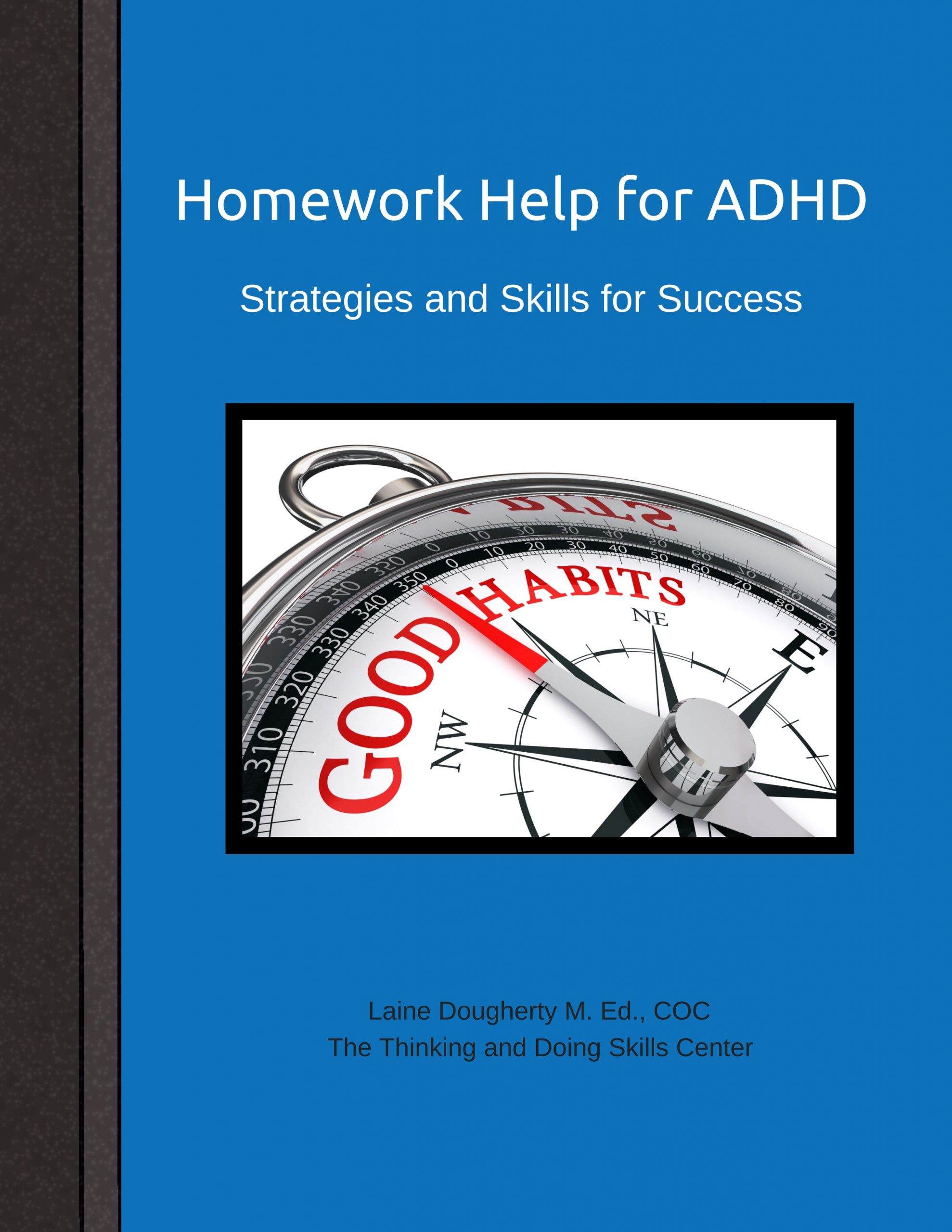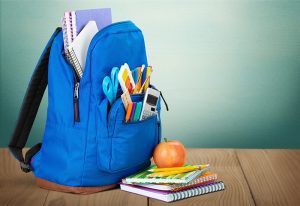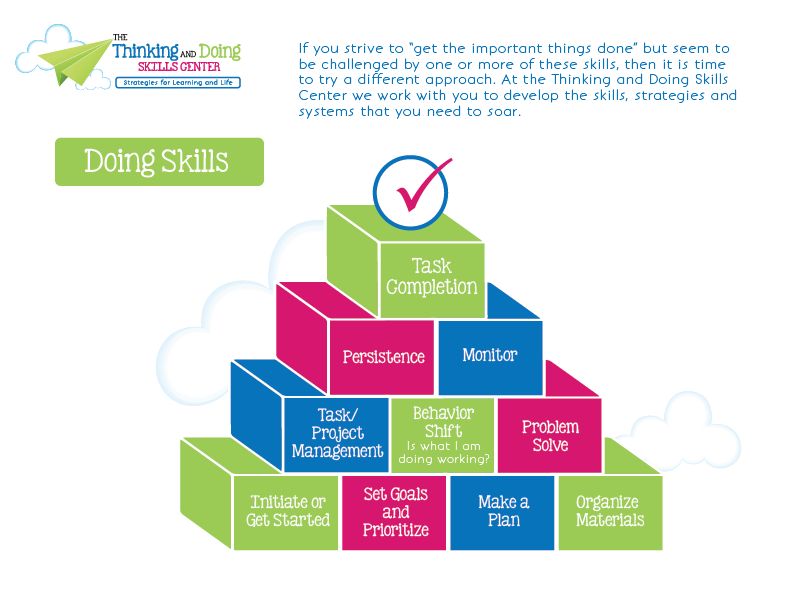 Calling all parents….do you want to help your child/teen complete their homework more efficiently, study more effectively for tests and ultimately improve their learning and their grades?
Calling all parents….do you want to help your child/teen complete their homework more efficiently, study more effectively for tests and ultimately improve their learning and their grades?
Time is running out. We’re in term 3. The early Spring is often the most difficult time for students to stay motivated and to keep up with their work. Keep it positive and read on for tips to put into action today for better results tomorrow.
Homework Efficiency:
-
-
-
- Work together to set a homework routine. Include a specific start time.
- Create a distraction free environment – TV off even if it is in another room. Phones on airplane mode or out of the room.
- Do not interrupt them while they are working as they can lose their focus.
- Do not “check” their homework accuracy, that is the teacher’s job.
- Make sure they take short, 5-10 minute, breaks after working for 20-30 minutes. It helps the brain recharge and allows the brain to process new information.
-
-
Study Effectively:
-
- Encourage students to write down upcoming test dates and then to plan backwards so that they have at least 3 opportunities to review the information before the test. Spaced repetition has been shown to be an effective study technique.
- Foster a growth mindset, discourage negative self-talk and focus on the positives. Punishments do not encourage better grades.
- Simply reading new information retains maybe 10% but being an active learner by asking questions, summarizing the reading, drawing a mindmap, or creating flashcards leads to more retention and better understanding of concepts.
- Have your child “teach” you or even the dog, key concepts. They need to be able to explain them in their own words and just not verbatim from the text or study guide. Quiz them on vocabulary, including math vocabulary to be sure they understand what the words means.
- Don’t save studying until after the homework, as it is best when the brain is fresh and energized
Improve Learning:
-
- Eat together whenever you can and engage in meaningful conversations about various topics. Discussions promote communication skills, critical thinking and listening skills and develops confidence.
- Read. Whether it is reading to your child, with your child or they are reading independently, show that reading is important by reading at the same time.
- Make learning fun by going to museums, libraries, zoos and vacationing activities that promote learning new things.
- Encourage their interests and provide opportunities to explore hobbies, deep dive into subjects of interest and use their skills in the “real world.” (Ex. Baking, cooking dinner, planning a vacation, or researching a topic.)
- Praise your child’s efforts and encourage them to see challenges as opportunities to learn and not as failures. Take the emphasis off of the grades and focus it on encouraging them to become lifelong learners capable of learning anything they set their mind to.
That’s how we encourage learning and growing and can develop the habits and routines that all students need to be successful. It only takes one “bad” experience in a subject to demotivate and defeat an otherwise very capable student.
Graphic thanks to Pixabay.






 The kids are back in school. YAY! Take a moment to celebrate the start of the new school year with all its possibilities. September is often a great month for establishing new habits and routines. If you feel that the mornings are rushed or you are frustrated when it comes to homework time, then read on for some solutions to help.
The kids are back in school. YAY! Take a moment to celebrate the start of the new school year with all its possibilities. September is often a great month for establishing new habits and routines. If you feel that the mornings are rushed or you are frustrated when it comes to homework time, then read on for some solutions to help. I once had a student that was having difficulty turning in his homework. He would do it, but when it came time to pass it in, he could not find it. He had a “homework folder” where all of his finished work was supposed to go, but his work was not there. When asked, “Where else did you look?” He was unable to answer. In his mind (we later discovered), if it wasn’t in the homework folder there was nowhere else to look. Does this sound familiar?
I once had a student that was having difficulty turning in his homework. He would do it, but when it came time to pass it in, he could not find it. He had a “homework folder” where all of his finished work was supposed to go, but his work was not there. When asked, “Where else did you look?” He was unable to answer. In his mind (we later discovered), if it wasn’t in the homework folder there was nowhere else to look. Does this sound familiar?

 hoices….choices are all around us. We make choices consciously and unconsciously all day long. From the
hoices….choices are all around us. We make choices consciously and unconsciously all day long. From the


